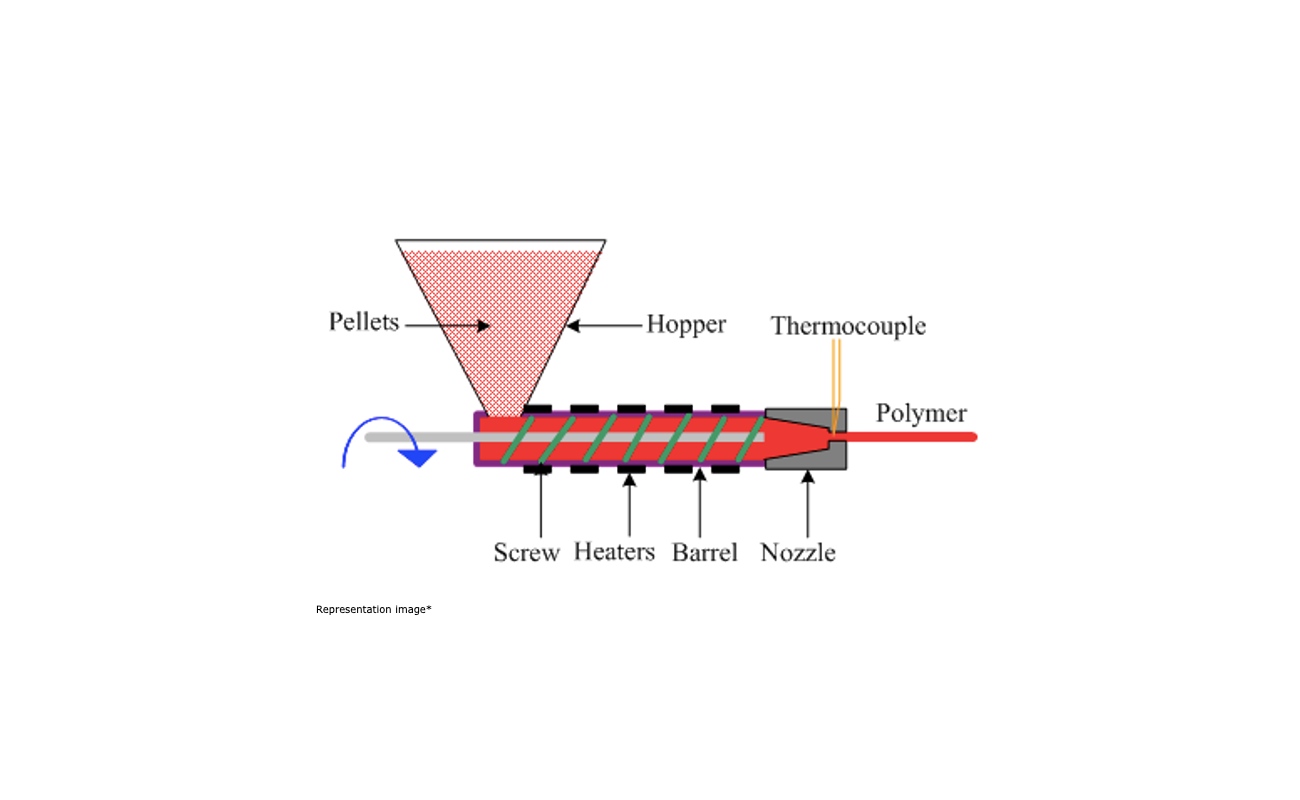Twin screw extrusion, setup, working and troubleshooting: Introduction for polymer professionals
Twin screw extrusion is a process that is commonly used in the polymer industry to create a wide range of products, including pipes, profiles, and sheets. The process involves the use of two screws, which rotate in opposite directions and work together to melt and mix the polymer materials together. The resulting mixture is then forced through a die, which shapes it into the desired product.
The twin screw extrusion process is highly versatile and can be used to create a wide range of products with varying properties and characteristics. This is achieved by adjusting the screw configuration, the speed of the screws, and the temperature of the process. The process can also be used to create products with multiple layers or to add fillers, such as glass fibers or minerals, to the polymer mixture.
The setup of a twin screw extruder involves several key components. The first component is the extruder itself, which consists of the two screws and the barrel that houses them. The screws are typically made of high-quality steel and are designed to resist wear and tear. The barrel is typically made of a heat-resistant material, such as steel or ceramic, and is designed to maintain a consistent temperature throughout the process.
The next component of the setup is the die, which is used to shape the polymer mixture into the desired product. The die can be made from a variety of materials, including steel, aluminum, and plastic, and is typically designed to withstand the high temperatures and pressures of the extrusion process. The die also includes a series of channels and openings that control the flow of the polymer mixture and shape it into the desired product.
The working of twin screw extrusion involves feeding the polymer materials into the extruder, where they are melted and mixed together by the rotating screws. The mixture is then forced through the die, where it is shaped into the desired product. The speed of the screws and the temperature of the process can be adjusted to control the properties of the final product.
Troubleshooting twin screw extrusion can be a complex process, as there are a variety of factors that can impact the quality of the final product. Common issues include uneven heating of the polymer mixture, which can lead to variations in the properties of the final product, and wear and tear on the screws, which can impact the efficiency of the process.
To troubleshoot these issues, it is important to first identify the root cause of the problem. This may involve conducting a series of tests, such as measuring the temperature of the polymer mixture or inspecting the wear and tear on the screws. Once the problem has been identified, steps can be taken to correct it, such as adjusting the temperature of the process or replacing worn screws.
In conclusion, twin screw extrusion is a highly versatile process that is widely used in the polymer industry to create a wide range of products. The process involves the use of two screws, which rotate in opposite directions and work together to melt and mix the polymer materials together. By adjusting the screw configuration, the speed of the screws, and the temperature of the process, it can be used to create products with varying properties and characteristics. The process also includes a series of components such as extruder, barrel and die, that need to be set up and maintained properly to avoid troubleshooting.

